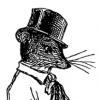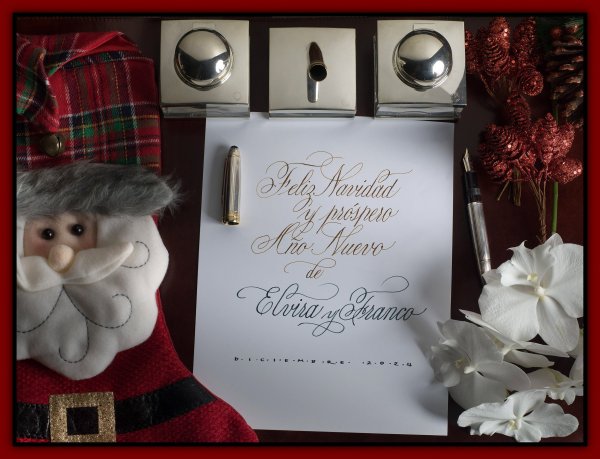Early Esterbrook History - Back To The Roots
-
Forum Statistics
354.6k
Total Topics4.6m
Total Posts -
Member Statistics
127,535
Total Members2,585
Most OnlineNewest Member
Matt Parrish
Joined -
Images
-
Albums
-
Misfit’s 6th Album
- By Misfit,
- 87
-
Icones Pupulinianae V
- By fpupulin,
- 0
- 5
- 95
-
Extra Fine Nib Ink Reviews (19 of n)
- By LizEF,
- 0
- 36
- 36
-
more
- By AmandaW,
- 3
- 5
- 83
-
1937 Transitional Vacumatic Maxima
- By VacNut,
- 0
- 0
- 7
-


















.thumb.jpg.f07fa8de82f3c2bce9737ae64fbca314.jpg)



.thumb.jpg.331e554113c33fb39d5bf3233878978a.jpg)





Recommended Posts
Create an account or sign in to comment
You need to be a member in order to leave a comment
Create an account
Sign up for a new account in our community. It's easy!
Register a new accountSign in
Already have an account? Sign in here.
Sign In Now